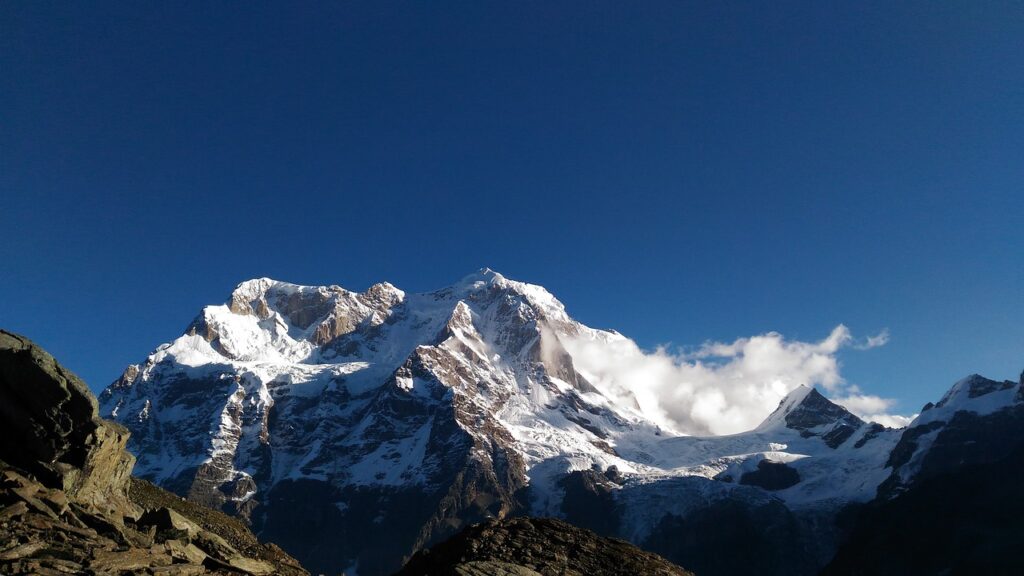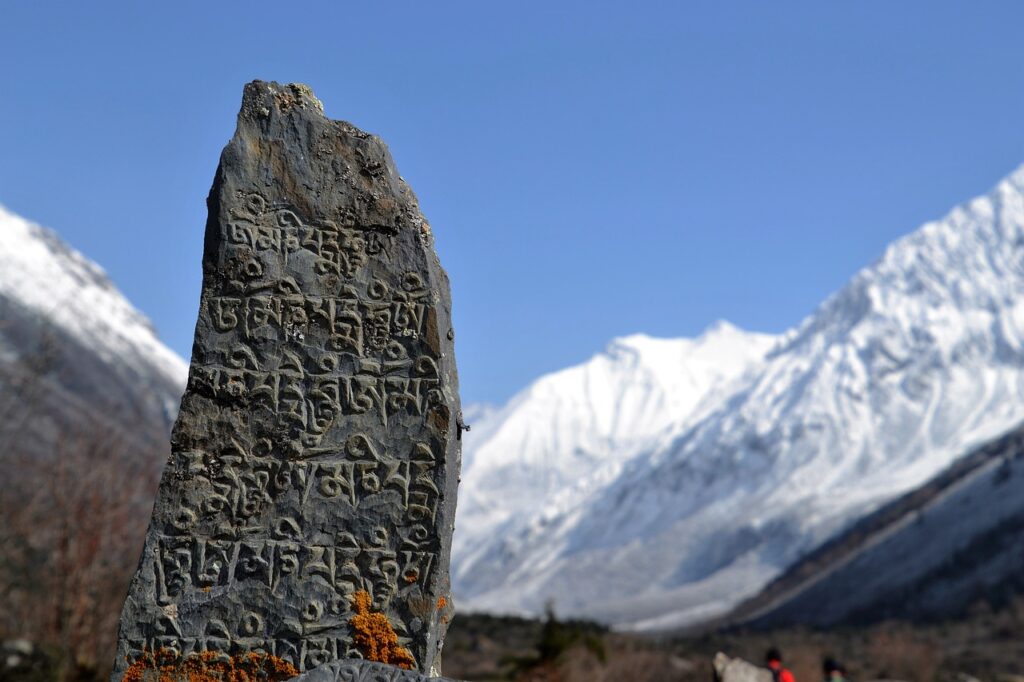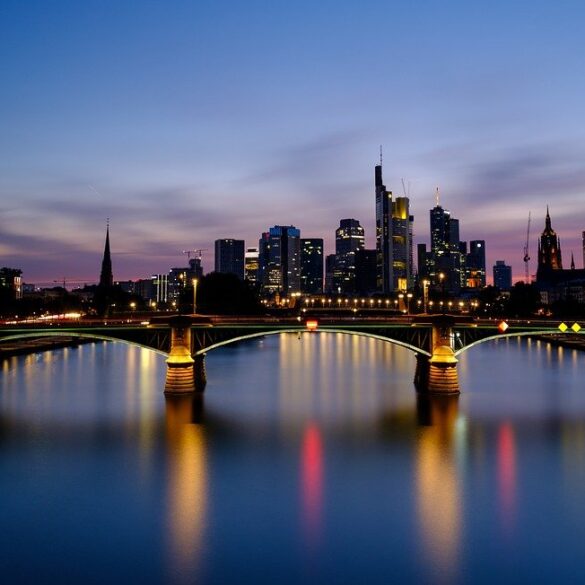
Asia is huge and has a unique conceptualization as being a single traveling continent. Its eastern part has snowfields of Siberia while mountains cover the areas across the Black Sea on its western side. Mount Everest, the highest point on the earth, is in Asia. The lowest point of this region is the Dead Sea, positioned at the meeting points of Jordan, the Palestinian Territories, and Israel.
Asian tourism is growing faster than anywhere else around the globe. The increasing development of countries like Malaysia, South Korea, and Taiwan, and the highly populated nations like Indonesia, India, and China, drive people from all across the world to Asia. While Asian tourism is significant, it still does require more research.
With low-cost connectivity, weak currencies, and tourist-friendly policies, Asia is one of the popular global tourism markets. Usually, visitors from Europe and China are driving the growth of global arrivals to Asian cities. Tourism in Asia has contributions from well-known and well-respected names of the industry. This aspect helps Asian tourism provide a ground-breaking into tropical and industry-focused issues, and benefits from academic rigor and depth and familiarity with the history of this sightseeing in this region.

Every Asian country comprises diverse cultures and historical elements. Many states like Pakistan have fascinating ranges of mountains and peaks, such as Himalaya and K2. It altogether draws the attention of mountaineers and adventurers from different parts of the world. Since Asia is a massive region with so many countries and countless tourist sites, it is impossible to visit every part of the continent or mention their names in a single post.
Asia is also home to the highest paved roads in the world. The Karakorum Highway, for example, is at the height of 4693m. It seems to be one of the complicated constructions on the earth. It is perhaps the reason why some people also call it the 8th wonder of the world.
Most of Asia reveals cultural influences as of far afield and aboriginal areas. For example, Pakistan has several pre-Islamic traditions that differ from pure Islamic practices. Travelers are aware of the dominance and grandeur of Asia over other continents. It is home to diverse customs, ethnicities, traditions, and lifestyles.

Nepal is the country of the majestic Mount Everest and home to the worlds’ highest mountainous peaks. Besides climbing activities, tourists love visiting sightseeing in the capital Kathmandu. Known for its historical & architectural masterpieces like the Taj Mahal, India boasts many places to visit in Asia. Having the Great Wall, Tiananmen Square, and the Forbidden City, China, is a fascinating destination to explore.
A combination of nature and modernism, Malaysia has many beaches, hills, and other natural sites. Pakistan is another Asian country where nature and history demonstrate their true facet. Harappa, Moen Jo Daro, Lahore, and Taxila are the best places to look into its olden days, while northern areas are a bonus for nature lovers. Turkey, Thailand, and Singapore are some other countries with the best natural and modern tourism in Asia that worth exploring.



